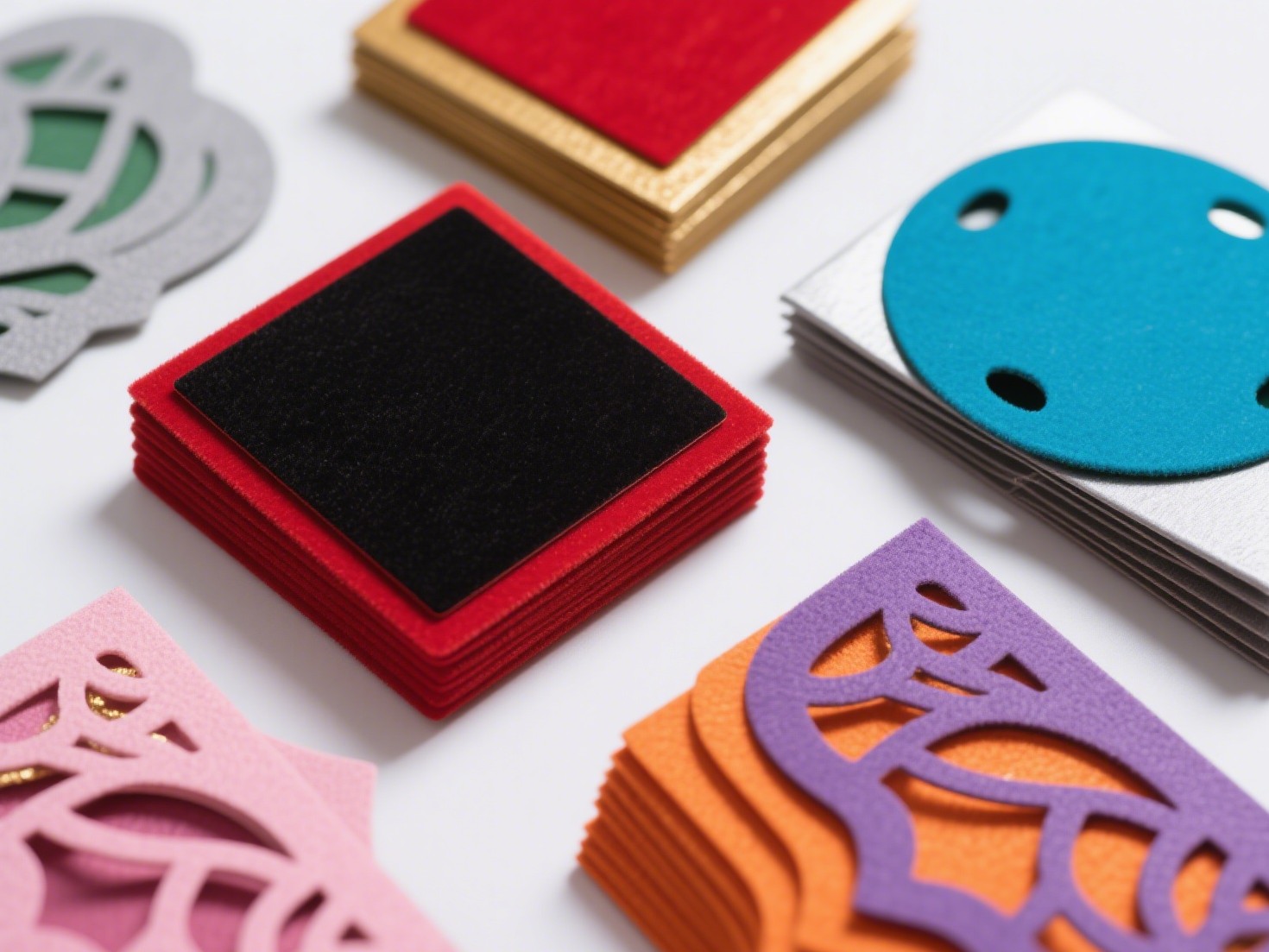When it comes to hiking, the right footwear can make or break your experience. Whether you're traversing rocky mountain trails, navigating muddy paths, or enjoying a leisurely stroll through a forest, the shoes you wear play a crucial role in your comfort, safety, and overall enjoyment. In this comprehensive guide, we will explore the various types of footwear available for hikers, the features to look for, and how to choose the perfect pair for your next adventure.
Understanding the Terrain: Types of Hiking Footwear
Hiking footwear is not a one-size-fits-all solution. The type of terrain you plan to tackle significantly influences your choice of footwear. Here are the primary categories of hiking shoes:
- Trail Runners:
- Overview: Lightweight and flexible, trail runners are designed for speed and agility on well-maintained trails.
- Best For: Day hikes and fast-paced adventures on smooth terrain.
- Features: Breathable mesh uppers, aggressive outsoles for traction, and minimal cushioning.
- Hiking Shoes:
- Overview: A hybrid between trail runners and boots, hiking shoes offer more support than trail runners but are lighter than traditional hiking boots.
- Best For: Short to moderate hikes on varied terrain.
- Features: Sturdy construction, moderate cushioning, and good traction.
- Hiking Boots:
- Overview: These come in low, mid, and high-top styles, providing excellent ankle support and protection.
- Best For: Longer hikes, rugged terrain, and carrying heavy packs.
- Features: Waterproof materials, robust soles, and enhanced ankle support.
- Mountaineering Boots:
- Overview: Designed for extreme conditions, these boots are built for technical climbs and icy terrains.
- Best For: High-altitude hikes and climbing.
- Features: Insulation, crampon compatibility, and a rigid sole for stability.
Key Features to Consider
When selecting the right footwear for hiking, several key features should be taken into account:
- Fit and Comfort:
- Ensure a snug fit without being too tight. Consider trying on shoes with the socks you plan to wear while hiking.
- Look for shoes with a roomy toe box to allow for natural movement.
- Material:
- Leather: Durable and water-resistant but requires a break-in period.
- Synthetic: Lightweight and quick-drying, often more breathable than leather.
- Waterproof Membranes: Gore-Tex and similar materials keep feet dry but can reduce breathability.
- Traction:
- Outsoles made from rubber with deep lugs provide better grip on slippery or uneven surfaces.
- Consider the type of terrain you’ll encounter and choose a sole that offers the right level of traction.
- Cushioning and Support:
- Look for adequate cushioning to absorb shock, especially for longer hikes.
- Arch support is crucial for comfort and to prevent fatigue.
- Weight:
- Lighter footwear can enhance speed and reduce fatigue, but ensure that they still provide adequate support and protection.
Breaking In Your Footwear
Once you've selected the perfect pair of hiking shoes or boots, it's essential to break them in before hitting the trails. Here are some tips:
- Start Slow: Wear your new footwear on short walks or around the house to allow your feet to adjust.
- Gradually Increase Distance: As you become more comfortable, increase the distance and intensity of your walks.
- Monitor for Hot Spots: Pay attention to any areas of discomfort that may indicate a poor fit or need for adjustment.
Conclusion: The Right Footwear for Every Hiker
Choosing the right footwear is a critical step in preparing for any hiking adventure. By understanding the different types of hiking shoes available and the key features to consider, you can make an informed decision that enhances your outdoor experience. Remember, the right pair of shoes not only protects your feet but also boosts your confidence as you explore the great outdoors. So lace up, step out, and embrace the adventure that awaits you!


